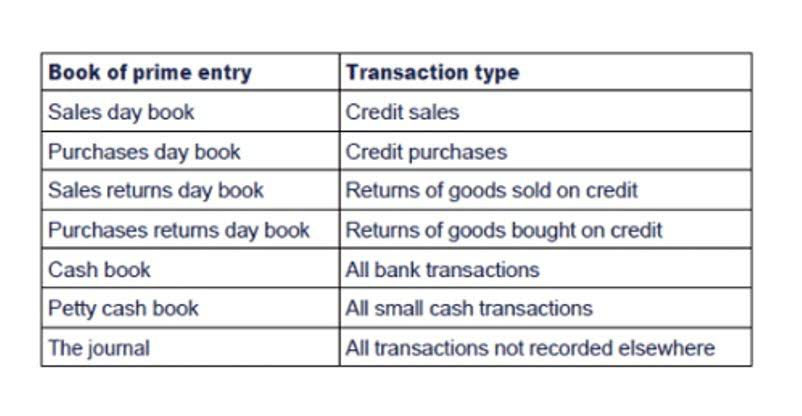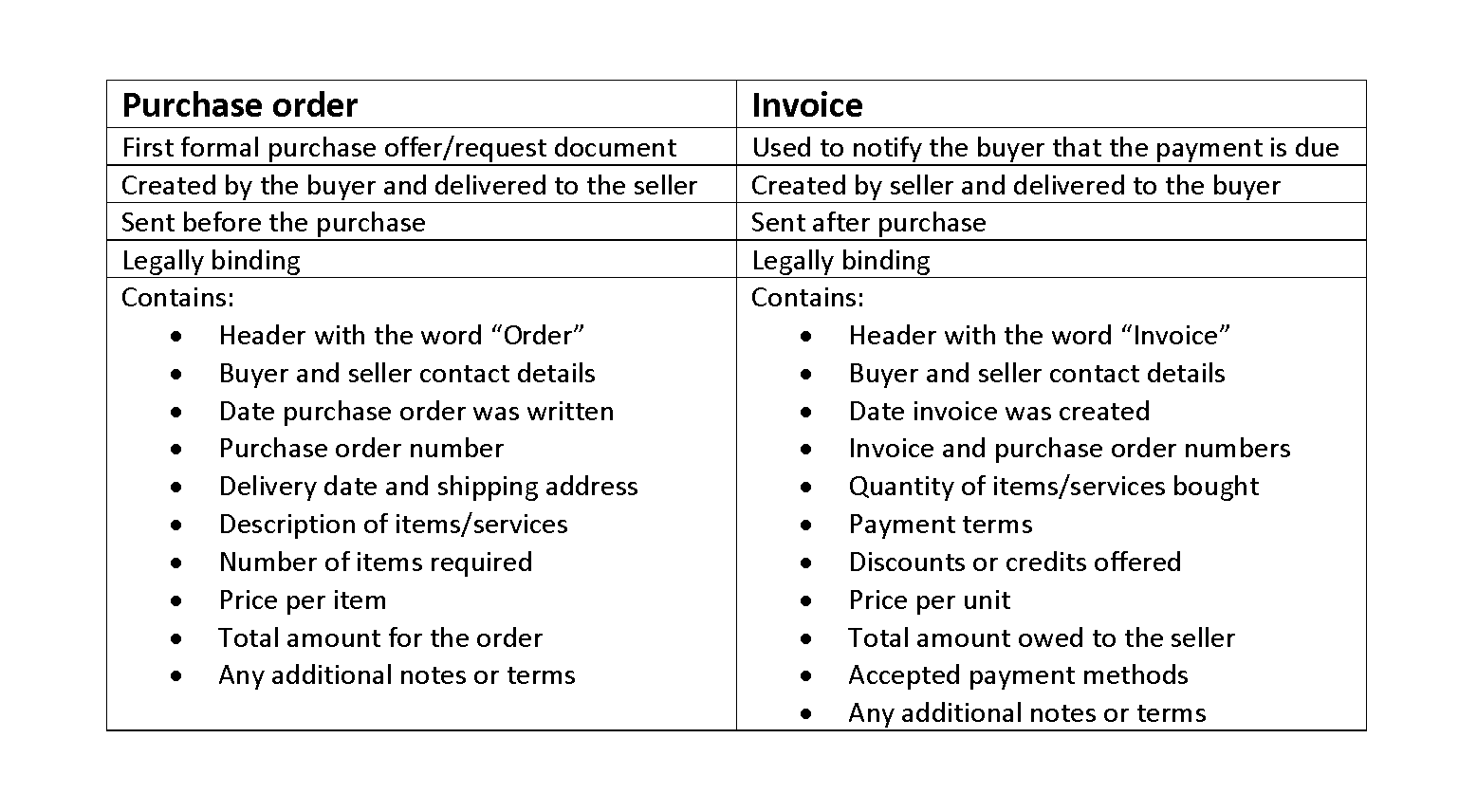
You may want to check our Find an Accountant tool to find another accountant near you to gather ideas addressing this issue. QBO only allows the creation of a singular account under the Opening Balance Equity (OBE) account detail type. If you can’t create one, it’s possible that it already exists and has been renamed in your Chart of accounts.
Smarter business starts here.

In a sole proprietorship, the owner is the business and the business is the owner. As such, the owner’s equity account is used to track any investments or withdrawals made by the owner. On the other hand, in a corporation, the owner’s equity is tracked through retained earnings. Once you find the amount incorrectly posted to Opening Balance Equity, you’ll need to figure out where it should have been posted.
- A common reason for a lingering balance on your opening balance equity account includes bank reconciliation adjustments that weren’t done properly.
- However, he noted that the NFL has the ability to eliminate a fund “from the process in future sales if we had to take that step,” he said.
- Equity is the value of your investment, your ownership, your company’s worth.
- Someone must have thought, “Oh, it’s a new loan balance, let’s use “Opening Balance Equity.”
- But by being vigilant about avoiding the mistakes discussed above, you can keep the Opening Balance Equity from reappearing.
- Before performing the process, I recommend consulting with your accountant to ensure your records are in ship-shape.
Handling Owner’s Investments and Withdrawals
- And then you have, as I said before, the kind of household name, huge private equity funds,” he said.
- This account is not found in traditional bookkeeping, regardless of whether it’s done on paper or on any other platform like Excel.
- In other cases, such as complex accounting adjustments or ongoing errors, a balance in the OBE account signals of a more critical impact on your accounting.
- This process plays a pivotal role in aligning the recorded balances with the actual financial position of the business, providing a foundation for accurate reporting and decision-making.
- A HELOC could also benefit borrowers who may not need immediate access to the funds.
Without corresponding entries in other accounts to offset these balances, QuickBooks may create balancing entries in the OBE account. So, upon completing the setup, you might want to allocate this balance to the appropriate accounts, such as inventory assets or equity accounts. Adding a new item to your chart of accounts – a new inventory item, a customer, or https://www.bookstime.com/blog/how-to-run-payroll-for-restaurants a vendor entry – may result in the appearance of the opening balance equity account. An opening balance is the amount in a financial account when a new period begins, like a new year or month (it also applies to when you set up a new company file in QuickBooks). In other words, it’s the first number you see when looking at your finances for a new period.
How does opening balance equity work?

Make a journal entry to transfer Opening Balance Equity to an equity account that’s more aptly named, such as Contributed Capital. In QuickBooks, you might stumble upon the opening balance equity account, which can be confusing (especially if you’ve just started to work with the software) as you look at something you didn’t set up. While there’s nothing to worry about, you can’t ignore it since it’s a temporary account you should close. If not closed out, this account signifies an erroneous journal entry in your QuickBooks accounting records, which results in an unprofessional-looking balance sheet. If the opening balance equity account has a negative balance, it may indicate that there are prior account balances that were not entered correctly. This can occur if the bookkeeper did not properly close out the previous accounting period.
What kind of account is an opening balance equity account?

This examination involves a thorough review of the documentation supporting the historical balances and the rationale for any adjustments made. The International Financial Reporting Standards (IFRS), which are used in many countries outside of the United States, also recognize the concept of Opening Balance Equity. However, IFRS places a strong emphasis on the presentation of financial statements that are understandable, relevant, reliable, and comparable. The goal is to ensure that these amounts are subsequently allocated to the correct equity accounts in a timely manner. Under IFRS, the transparency of these allocations is paramount, as it affects the perceived accuracy of the company’s financial position and performance. This adjustment helps in presenting an accurate financial position by removing any residual amounts from the previous accounting period, ensuring that the current period’s transactions aren’t muddled with outdated figures.

- If you’re not sure how to set up your chart of accounts, SMB Center can help.
- The opening balance equity account is a temporary account that should be zeroed out after the initial setup.
- To avoid this problem, try to pick a date when the account balance was zero to start the import.
- However, it is very common that the balance of this account is carried forward for a reasonable time period.
- The Opening Balance Equity account is also used to adjust the equity section of the balance sheet.
Failing to address Opening Balance Equity issues properly may result in misstated financial statements, hindering decision-making processes and potentially causing compliance concerns. Addressing these issues is crucial for maintaining the integrity and reliability of accounting records, as it ensures that all financial data and transactions are accurately represented. It opening equity facilitates the seamless execution of reconciliation procedures, enhancing the overall efficiency and effectiveness of the accounting process. It is extremely important for a business to maintain its financial records to showcase the company’s real state. An opening balance equity account is created to ensure that the balance sheet is transparent and shows no ambiguity.

How Opening Balance Equity Works
- Accounting software such as QuickBooks, Deskera, FreshBooks, Xero, etc., use the opening balance equity.
- It simplifies the reconciliation procedures by eliminating potentially confusing amounts, enhancing the accuracy of financial records.
- When setting up a new company file, QuickBooks will prompt users to enter the opening balances for each customer account.
- This can occur if the bookkeeper did not properly close out the previous accounting period.
- It is the initial phase where past financial information is integrated into new accounting systems, setting the stage for accurate and comprehensive financial reporting.
- In this case, your assets usually represent your initial investment, the starting capital of the business.
After this, reconcile the account to confirm that all adjustments have been accurately reflected. Opening-balance equity is a special account specifically created by any accounting software to showcase the difference between the debit and credit balance of the general ledger. At SMB Center, we understand that small business owners have a lot on their plate. That’s why we’re here to provide you with the best advice and resources to help you succeed. Whether you’re just starting out or looking to grow your business, we’re your one-stop-shop for everything you need to know about small business. Stay tuned for more information on opening balance equity and how it affects your business’s financials.
Blog Series 5 of 5: Common QuickBooks Terms – What is Retained Earnings and Opening Balance Equity
Managers and department heads, however, can require additional days in the office, according to the firm’s website. On days employees are in, the firm focuses on taking “advantage of our shared location,” it reads. To make its staff more comfortable with the initial return to office, Blackstone spent $20 million on Covid safety and specific precautions, a source told Insider in 2021, including covering cab fares for employees’ commute. The NFL received much interest but wanted funds that were “ready to invest on day one,” he said. The NFL is very comfortable with the PE funds they are “going to be in business with” and don’t expect any reputational issues, Siclare said.
